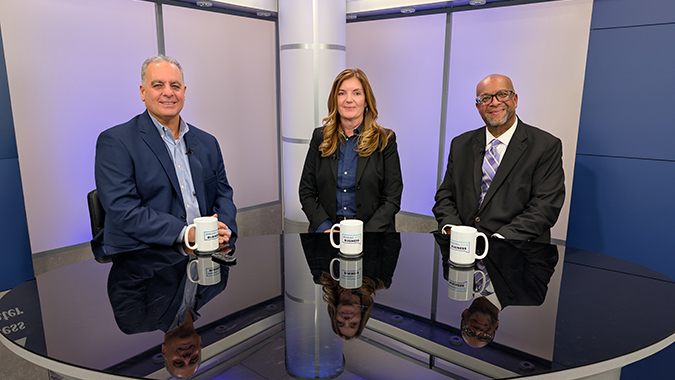
The U.S. Department of Labor (DOL) is going to use a new test to determine if a student intern is an employee—a move that may make unpaid internships a more viable option for employers.
For several years, businesses have avoided unpaid internships because of the six-factor test previously used by the DOL. That test was an all-or-nothing approach: Interns were presumed to be employees entitled to minimum wage and overtime payments under the Federal Labor Standard Act (FLSA) unless the employer could meet each one of the test’s six factors.
Included among the factors was consideration of whether the employer derived any immediate advantage from the intern’s activities; if the employer benefitted from the activities, the test was not satisfied and the intern was deemed an employee entitled to compensation.
“That was one of the most troubling aspects of the old test that many employers got tripped up on,” says employment law attorney Kathleen M. Connelly of Lindabury, McCormick, Estabrook & Cooper. “The test was so stringent that students were being deprived the opportunity to gain valuable work experience to add to their resumes because employers just couldn’t meet the test.”
Thanks to a recent change in the rules, however, that could be changing. The DOL announced Jan. 5 that going forward, unpaid internships will be analyzed under a new “primarily beneficiary” test to determine whether an unpaid internship is in reality an employer-employee relationship.
The new test has seven factors that will be considered, but unlike the old six-factor test, not all of them have to be met to qualify as a legitimate unpaid internship. In addition, while many factors of the new primary beneficiary test are similar to those of the old DOL test, it dispensed with the disqualifying factor that considered whether the employer received any benefit from the employee’s services.
Among the test’s factors are the extent to which the intern understands there will be no compensation; the extent to which the internship is tied to the intern’s formal education program, such as receiving course credit; the extent to which the internship accommodates the intern’s academic commitments by corresponding to the academic calendar; and the extent to which the intern’s work complements, rather than displaces, the work of paid employees. (For a complete list of the factors, see the DOL Fact Sheet here.)
“Most important, it’s now a balancing test,” Connelly explained. “A business can fail to meet some of the factors, but still meet the overall requirements. The DOL’s new flexible approach recognizes that an employer can receive benefits from an intern’s services, but the primary beneficiary of the relationship must be the intern.”
The DOL emphasized that the decision of whether an intern is an employee under the FLSA will be determined on a case-by-case basis, so it’s critical that businesses carefully evaluate each of the factors and consult with employment counsel before deciding to initiate an unpaid internship program.
“By no means is this a green light for employers to avoid their minimum wage and overtime requirements by masking their employees as unpaid interns,” Connelly said. “I think the best way to approach it is for the employer to stand in the shoes of the intern and craft the internship in such a way that it provides real value to the intern that is linked to the intern’s course of study.”
Connelly regularly provides employers with preventative counseling so clients can make legally compliant decisions that advance management objectives and avoid or reduce litigation risks.




